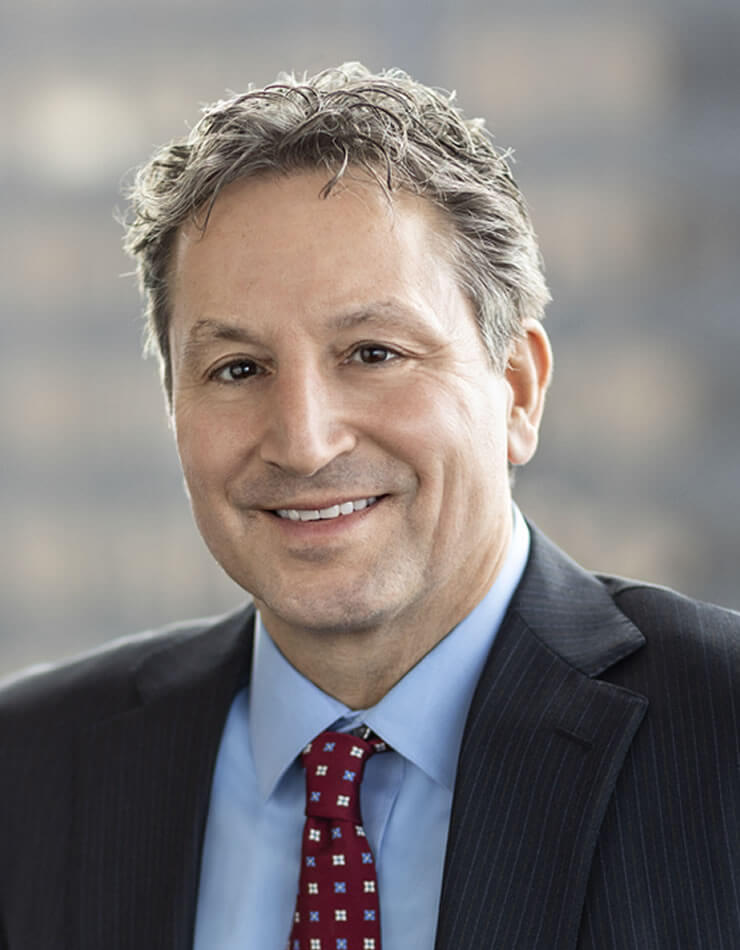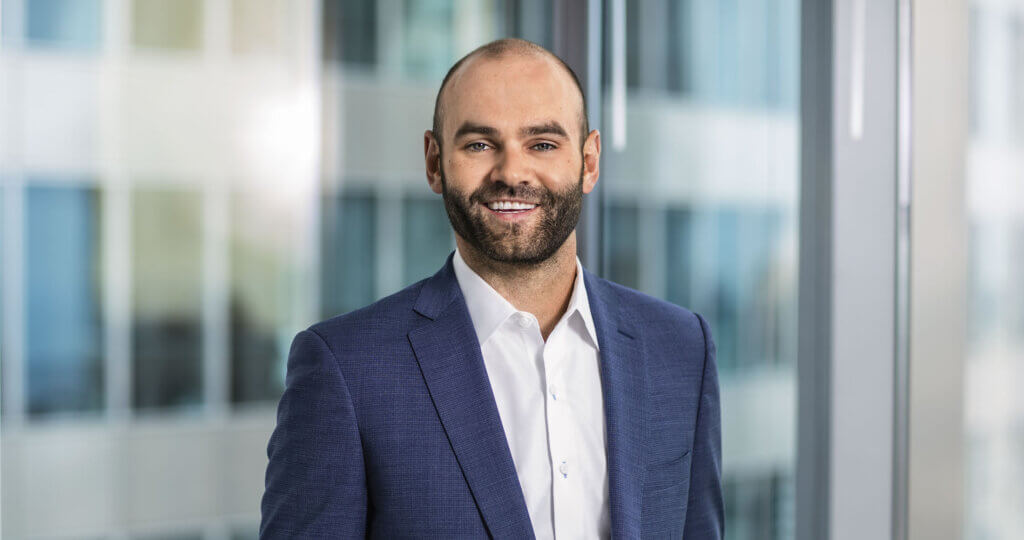Oakmark Global Select Fund - Investor Class
Average Annual Total Returns 06/30/19
Since Inception 10/02/06 7.33%
10-year 10.93%
5-year 4.20%
1-year -2.43%
3-month 3.86%
Gross Expense Ratio as of 09/30/18 was 1.19%
Net Expense Ratio as of 09/30/18 was 1.12%
Past performance is no guarantee of future results. The performance data quoted represents past performance. Current performance may be lower or higher than the performance data quoted. The investment return and principal value vary so that an investor’s shares when redeemed may be worth more or less than the original cost. To obtain the most recent month-end performance data, view it here.
The Oakmark Global Select Fund returned 3.9% for the quarter ended June 30, 2019, slightly underperforming the MSCI World Index, which returned 4.0%. Importantly, the Fund has returned an average of 7.3% per year since its inception in October 2006, outperforming the MSCI World Index’s annualized gain of 5.8% over the same period.
TE Connectivity, the dominant manufacturer of sensors and connectors, was a top contributor for the quarter, returning 19%. During the quarter, TE Connectivity announced positive second-quarter earnings that surpassed consensus estimates. Company management also indicated that full-year EPS would be in line with last year. The auto business segment outgrew auto production by 300 basis points this quarter and should outgrow production by a larger amount for the full year. We believe the auto segment can continue to significantly outgrow auto production in the coming years. Management also announced a new restructuring plan for the high-performing transportation segment during the quarter. This segment has been operating at full capacity for the past five years and management plans to consolidate some plants in high-cost countries and restructure the supply chain. In our view, TE Connectivity is becoming a collection of secularly advantaged connector businesses that can grow revenue in the mid-single digits, can maintain operating margins in the high teens and can return around a 50% return on tangible capital. Our investment thesis for the company remains intact.
Alphabet, the parent company of Google, was a large detractor for the quarter, returning -8%. Alphabet’s first-quarter earnings were released in late April and were in line with our expectations, given that the company’s total revenue grew 19% to $36.3 billion. Although this was less than other previous first-quarter periods for the company, we do not view it as outside the typical range or historic growth variability. However, other investors viewed the lower revenue negatively, and the share price fell. In addition, investors reacted negatively to news that the Justice Department would open an antitrust investigation against Google. While we continue to monitor the situation, we believe the valuation for Alphabet remains attractive, offering a compelling reason to own.
During the quarter, we sold our investment in Alphabet Class A, but we maintained our position in Alphabet Class C. We also sold our position in General Electric and used the proceeds to purchase Regeneron Pharmaceuticals. We believe the company provides a better risk-return profile for our shareholders. Regeneron’s business model is focused on innovation and we believe its research and development (R&D) capabilities are significant assets that the market has overlooked. The company utilizes genetics and a proprietary antibody platform to develop its drugs and has received approval for seven drugs, all internally developed. We believe that its recent drug launches in immunology and oncology should provide a long runway of growth. Regeneron also spends twice as much on R&D as a percentage of sales compared to its peers. Although we expect this spending to produce good returns, it depresses consensus earnings because R&D costs are expensed immediately. The company would trade at 12x 2020 P/E, instead of 16x P/E, if its R&D costs were adjusted to peer levels. Regeneron’s current price is also well below biotech M&A multiples. Lastly, management owns over 10% of Regeneron’s shares, which aligns the company’s interests with shareholders.
Geographically, 48% of the Fund’s holdings were allocated to equities in Europe and the U.K., while approximately 45% were invested in U.S. companies and 7% in Asian equities.
We continue to believe the Swiss franc is overvalued versus the U.S. dollar. As a result, we defensively hedged a portion of the Fund’s exposure. Approximately 13% of the Swiss franc exposure was hedged at quarter end.
We thank you for your continued support.
The securities mentioned above comprise the following percentages of the Oakmark Global Select Fund’s total net assets as of 06/30/19: Alphabet Cl A 0%, Alphabet Cl C 7.3%, General Electric 0%, Regeneron Pharmaceuticals 3.1% and TE Connectivity 5.8%. Portfolio holdings are subject to change without notice and are not intended as recommendations of individual stocks.
The net expense ratio reflects a contractual advisory fee waiver agreement through January 27, 2020.
The MSCI World Index (Net) is a free float-adjusted, market capitalization-weighted index that is designed to measure the global equity market performance of developed markets. The index covers approximately 85% of the free float-adjusted market capitalization in each country. This benchmark calculates reinvested dividends net of withholding taxes. This index is unmanaged and investors cannot invest directly in this index.
Because the Oakmark Global Select Fund is non-diversified, the performance of each holding will have a greater impact on the Fund’s total return, and may make the Fund’s returns more volatile than a more diversified fund.
The percentages of hedge exposure for each foreign currency are calculated by dividing the market value of all same-currency forward contracts by the market value of the underlying equity exposure to that currency.
Investing in foreign securities presents risks that in some ways may be greater than U.S. investments. Those risks include: currency fluctuation; different regulation, accounting standards, trading practices and levels of available information; generally higher transaction costs; and political risks.
The discussion of the Fund’s investments and investment strategy (including current investment themes, the portfolio managers’ research and investment process, and portfolio characteristics) represents the Fund’s investments and the views of the portfolio managers and Harris Associates L.P., the Fund’s investment adviser, at the time of this letter, and are subject to change without notice.
All information provided is as of 06/30/2019 unless otherwise specified.








